
Traditionally, stainless steel has been one of the most widely-used materials in commercial kitchens. And there’s a reason for that. Continue reading Is Your Stainless Steel “COVID Clean”? – Disinfect The Right Way

Traditionally, stainless steel has been one of the most widely-used materials in commercial kitchens. And there’s a reason for that. Continue reading Is Your Stainless Steel “COVID Clean”? – Disinfect The Right Way
We’ve detailed many of the changes in foodservice through a variety of our posts in 2020. From the great debate between sanitizer and soap and water to senior care foodservice compliance, there have been many adjustments across the entire landscape of where and how we eat. Continue reading The Biggest Foodservice Trend of the COVID-19 Pandemic
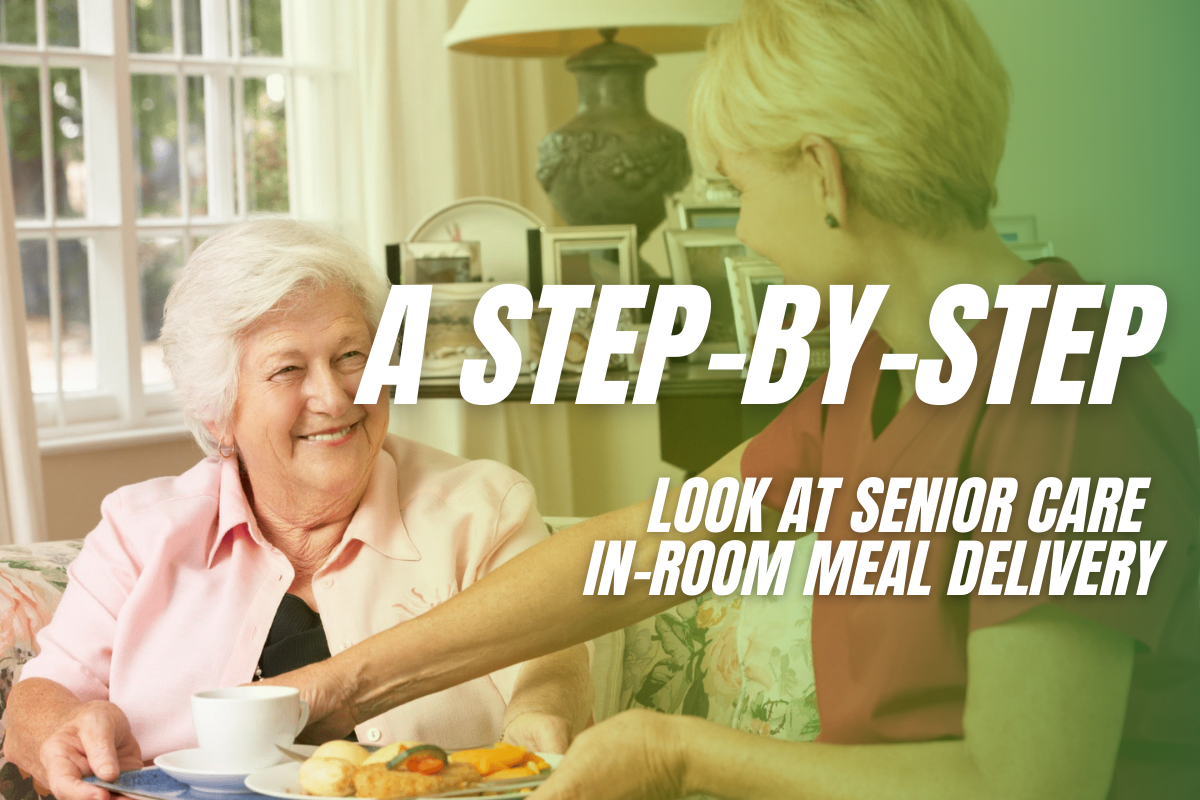
As we continue to navigate the world of COVID-19, we’re seeing changes in the ways foodservice is delivered. Nowhere is this more important than in senior care and longterm care communities.
As we’ve all seen, older populations are the most vulnerable demographic, and new regulations have been devised to help protect them. One of the most important is to move dining service from dining rooms and common spaces, opting instead for personal, in-room delivery. Continue reading A Step-by-Step Look at Senior Care In-Room Meal Delivery
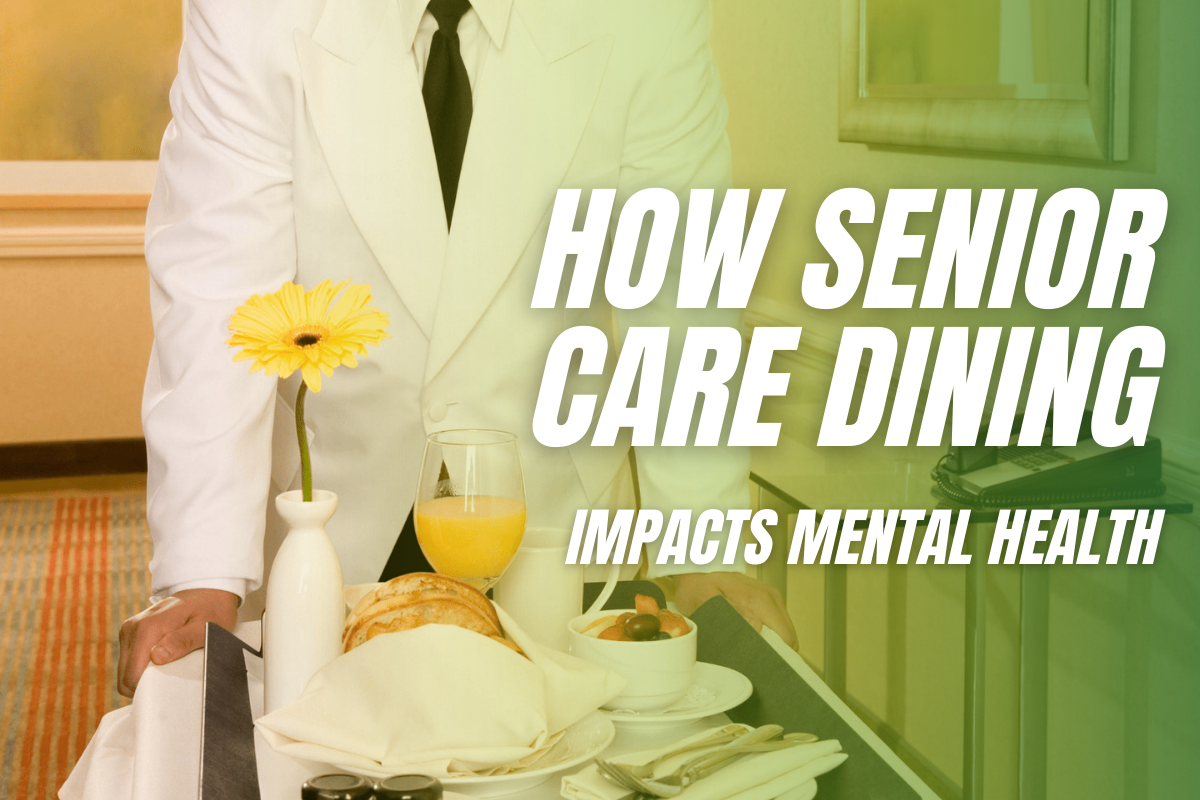
There’s no doubting the fact people love food. We love the way it tastes, the way it feels in our mouth, the way it nourishes us. We love the socialization that usually comes with food. Dining is an experience. And most important, it’s good for our mental health.
Nowhere is this more true than in our senior care and long term care communities. According to one study on senior care and foodservice, “mealtimes are a mainstay of life through which residents’ experiences are characterized, exemplified, and magnified. In the study, the three themes that impact a resident’s experience were emotional and psychological connections with other residents, managing competing interests with limited resources, and familiarity and routine.
Food and meals touch on all three.
1) Food brings residents together. Though traditionally in communal dining areas, meals are enjoyed together and provide opportunities for conversation and socialization.
2) Food provides a sense of control. When residents have meal choice, when they can literally decide what goes on their plate and what doesn’t, it provides an element of control that can often be hard to come by for residents in long term communities.
3) Food provides routine. For many in long term communities, mealtimes provide needed stabilization in terms of day-to-day routines. When you know you’re going to eat lunch every day at 11:30, it provides welcome familiarity
Today, of course, we’re living in an entirely different world. The processes by which food is served in these types of communities have been turned upside down, and foodservice directors are doing whatever they can to help residents still achieve the three points above, the points that are so critical to the mental health and well-being of our seniors living in these communities.
The reality is, communal dining has pretty much been taken away from us due to the potential exposure created by the Coronavirus. Operations across the country are moving to models where food is ordered and delivered directly to residents’ rooms.
In terms of socialization, foodservice staff need to be creative. They need to understand the personal delivery of food in a resident’s room is still the highlight of the day in many cases, but now that highlight comes without the ability to dine with friends. Those brief interactions when food is delivered become critical for the well being of residents.
Choice is still choice. In some ways, the concept of calling in an order and receiving it delivered can be kind of fun for residents. Play up that angle. When residents are restricted from the dining room, creative room service can be a fun way to provide some joy.
And, lastly, food is still part of the routine. Though that routine may be a bit different, it still provides consistency in someone’s day, allowing them to feel reassurance that what someone is used to will continue.
Discover the basics of this new era of senior care foodservice by learning more from our resident senior care expert. From new and creative ways to deliver food, as well as the systems that need to be in place to accomplish it, watch on-demand, or download, our webinar “Customer Confidence in Food Safety“.
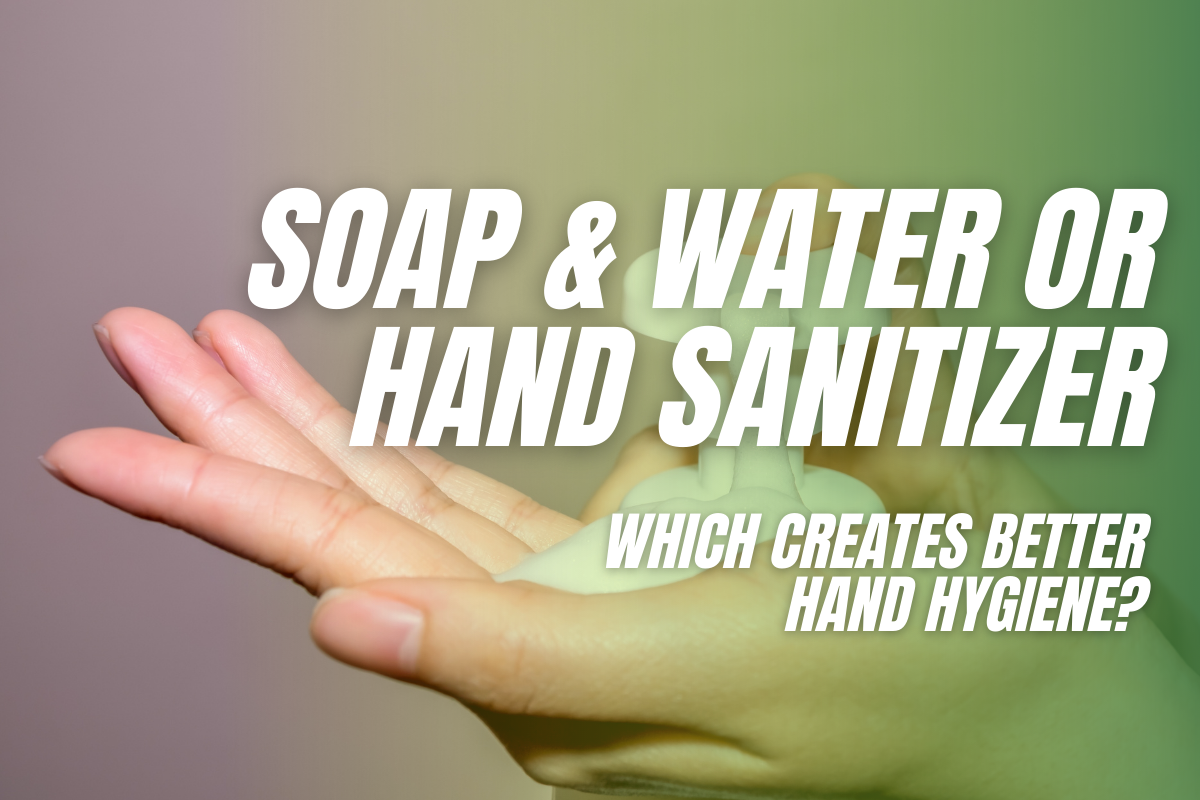
Washing your hands has always been super important in healthcare facilities in order to prevent Hospital Acquired Illnesses (HAIs) or healthcare-associated infections which affect about 1 in every 31 patients. With the outbreak of COVID-19, it’s even more important for healthcare professionals, and all of us to practice good hand hygiene.
Having good hand hygiene means keeping your hands clean as much as possible. The best way to practice proper hand hygiene is to wash your hands with soap and water, or to use hand sanitizer whenever your hands may have come into contact with a dirty surface. Dirty surface doesn’t just mean visibly dirty, as many surfaces that appear to be clean could actually be covered in germs and bacteria. If you’re not sure whether you need to clean your hands, it’s always best to err on the side of caution and wash up!
The best ways to clean your hands is by washing with soap and water or using hand sanitizer. While hand sanitizer removes most germs, it does not remove all germs from your hands, and studies show that soap and water are more effective at removing certain types of germs. This is why the CDC recommends washing your hands with soap and water whenever possible, and using hand sanitizer if soap and water are not available.
Here are some of the times when the CDC recommends that you wash your hands with soap and water.
Here are a couple of instances in which the CDC believes hand sanitizer will work to remove germs and bacteria.

We’ve all been taught the importance of regular hand washing from a young age, but do you know how to correctly wash your hands? According to the CDC, there are a few steps for the proper hand washing technique.

It seems like it’s obvious how to use hand sanitizer, but not everyone sanitizes their hands correctly. Here are the steps for correctly sanitizing your hands.

Even among healthcare professionals, there is a need for better and more thorough hand hygiene training. In fact, a study was done which showed that even before COVID-19 took the world by storm, 40% of healthcare professionals wanted better hand hygiene training. According to the CDC, on average, healthcare providers clean their hands less than half of the times that they should which contributes to 1 of every 31 hospital patients contracting a HAI. So even though it may seem obvious that clean hands are super important for healthcare professionals, there is a need for more training and knowledge when it comes to hand hygiene.
Soap and water are very effective at cleaning your hands and removing pesky germs and bacteria that hand sanitizer will not. Here are a few circumstances when you should make sure to wash your hands when in a healthcare facility.
Although it is always best to wash your hands when possible, here are some instances in which hand sanitizer will do the trick.
 Myth 1: Frequent Hand Washing dries out your skin
Myth 1: Frequent Hand Washing dries out your skinWhile washing your hands too much can cause the skin on your hands to dry out, it is likely that the reason for this is the water you are using is too hot. Using warm water drastically effects the amount of dryness that can come from hand washing, and will ensure that you are able to keep your hands clean whenever they need to be.
Some people claim that hand sanitizers can lead to antibiotic resistance, but this simply isn’t the case. The main cause of antibiotic resistance is repeated improper use of antibiotics according to the CDC.
This is not accurate, as there are many different types of germs and bacteria that can build on your hands, some of which require soap and water rather than hand sanitizer to be taken care of.
Antibacterial soap is great for cleaning your hands, but studies show that it isn’t significantly better than normal hand soap. It also does not mean that you have to wash your hands less than you would with normal soap.

The main reason why healthcare facilities use hand sanitizer much more than soap and water is simply because it is much easier to quickly sanitize your hands with a busy schedule, something most healthcare professionals have every day. Sanitizer is easy to carry around with you or to put out for people to use on something like Lakeside’s high-traffic sanitizer dispenser, but that doesn’t mean that washing with soap and water is difficult!
To effectively wash your hands with soap and water, all you need is 30 seconds and a sink. Lakeside has helped to create a solution to one of those parts with the portable handwashing station, which allows you to put a sink with soap and water anywhere in your facility. This product also gives you the ability to move it around to areas that require more intense hand hygiene, and makes it easy to wash your hands with soap and water without a trip to the bathroom.
If time is a big concern in your healthcare facility, make sure to check out Lakeside’s product solutions designed to ensure efficient and proper hand hygiene for all healthcare professionals!
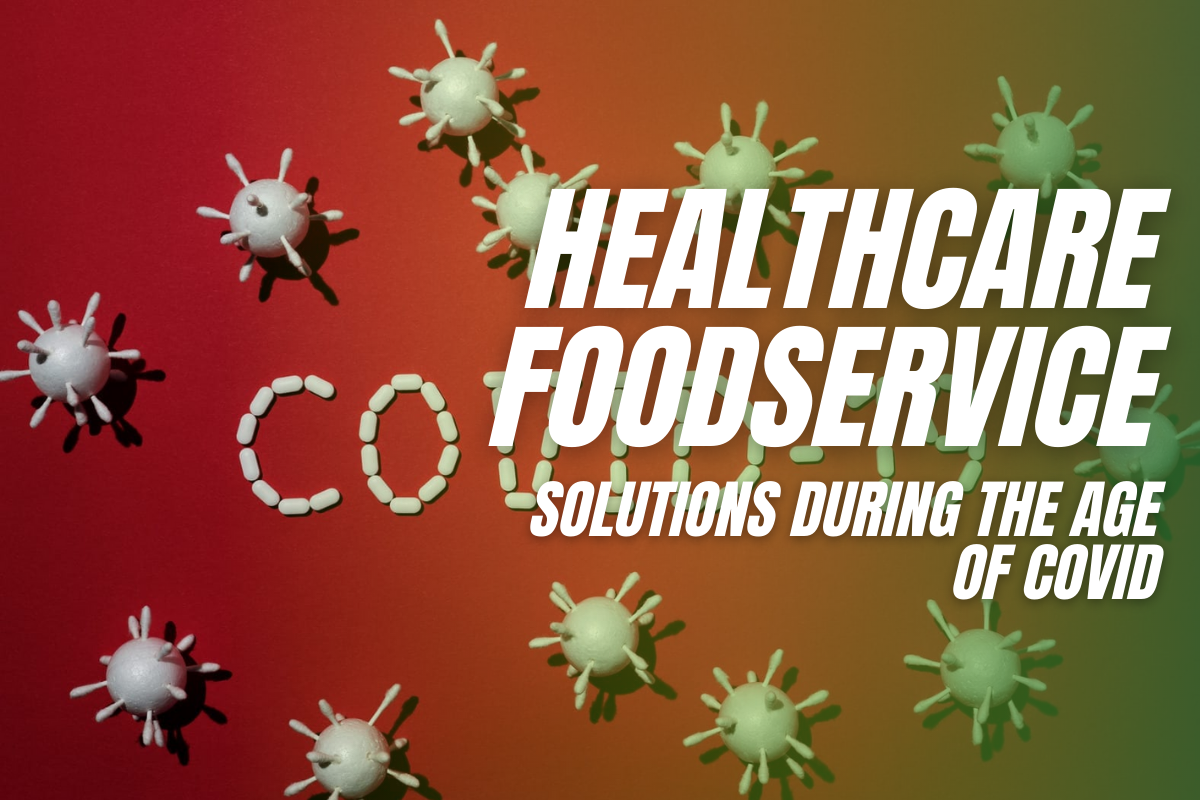
Healthcare foodservice operations are multifaceted and complex. When you think about the different types of service required, it’s easy to understand why foodservice equipment needs to be dynamic, durable, and versatile in order to achieve operational objectives. When you consider the coronavirus and resulting COVID-19, those operations are even more complex.
In general, there are two types of operations, and within those operations, there are two types of service. There are additions, for sure, but as a rule of thumb, healthcare foodservice falls in either inpatient or out-patient applications. Within those applications, it’s either in-room dining for patients or residents, along with outside-the-room dining for medical staff and guests.
Let’s take a quick look at how COVID is impacting these distinct areas of healthcare foodservice.
As we look at inpatient care in the age of COVID, one of the hardest-hit segments of healthcare is, without a doubt, senior care and long term communities. This is due, in large part, because of age and compromising health conditions of residents.
Serving meals has largely gone directly to the residents’ rooms, as congregating in a dining room is much too dangerous for these populations. This, in turn, puts quality in jeopardy. Food must obviously be delivered safely, but the more time that elapses between the back-of-the-house and the bedside, the greater the chances food will lose heat, retain too much moisture, or even become unsafe.
There can be many solutions to these challenges. First is ensuring that plate warmers on the line are working properly and plates are the right temps. Plates should be between 140-190 degrees coming out of the warmer. Consider a laser thermometer to do spot checks on the top, middle, and bottom plates to confirm best results. Next is getting the food plated and covered as soon as possible and into a tray cart for delivery. Timers used in conjunction with a line up of tray carts are a great way to be sure meals aren’t plated and in the kitchen too long.
If the community is not using trays, consider a mobile steam table that goes door-to-door. This allows residents to choose exactly what they want and get hot food plated up right in front of them. Don’t forget to have a hydration cart or other way to serve dry goods on hand as well.
Like senior care and long term communities, hospitals must also provide foodservice for inpatient applications. In this case, though, patients are often amidst serious health conditions that make the success of a foodservice operation dependent on the health of the patient. Of course, the inverse is true, as well.
In the age of COVID, making sure meals arrive at patient rooms while reducing the risk of potential exposure is critical. Sanitizing dinnerware and flatware to recommended standards is critical, and changing ordering practices can help minimize person-to-person risks. Like in senior care communities, hospitals can also adapt phone ordering as a way of eliminating potential exposure risks.
In hospitals, staff and patient guests must also be part of the foodservice equation. What are some of the ways to minimize risk to these groups? In many cases, buffet-service cafeterias are a primary source of service. Retrofit them to become more staff-service instead of self-serve. Provide ample spacing and prevent overcrowding with signs and barriers. And in dining areas, space tables to sufficient distances.
It’s clear that food can have great impacts on our health and well-being. That’s never truer than in the facilities and communities where health is typically the main reason for being there. In order to get well, we need to consider foodservice solutions that promote wellness. And in the age of COVID, that means minimizing invisible risks we never thought possible in the ways we’re experiencing them today. That being said, there are equipment solutions and processes that can help.
We have compiled a list of product solutions to consider for healthcare foodservice in the age of COVID-19. With industry leading lead times and the ability to modify anything to fit your specific needs, Lakeside is your partner in healthcare foodservice solutions.
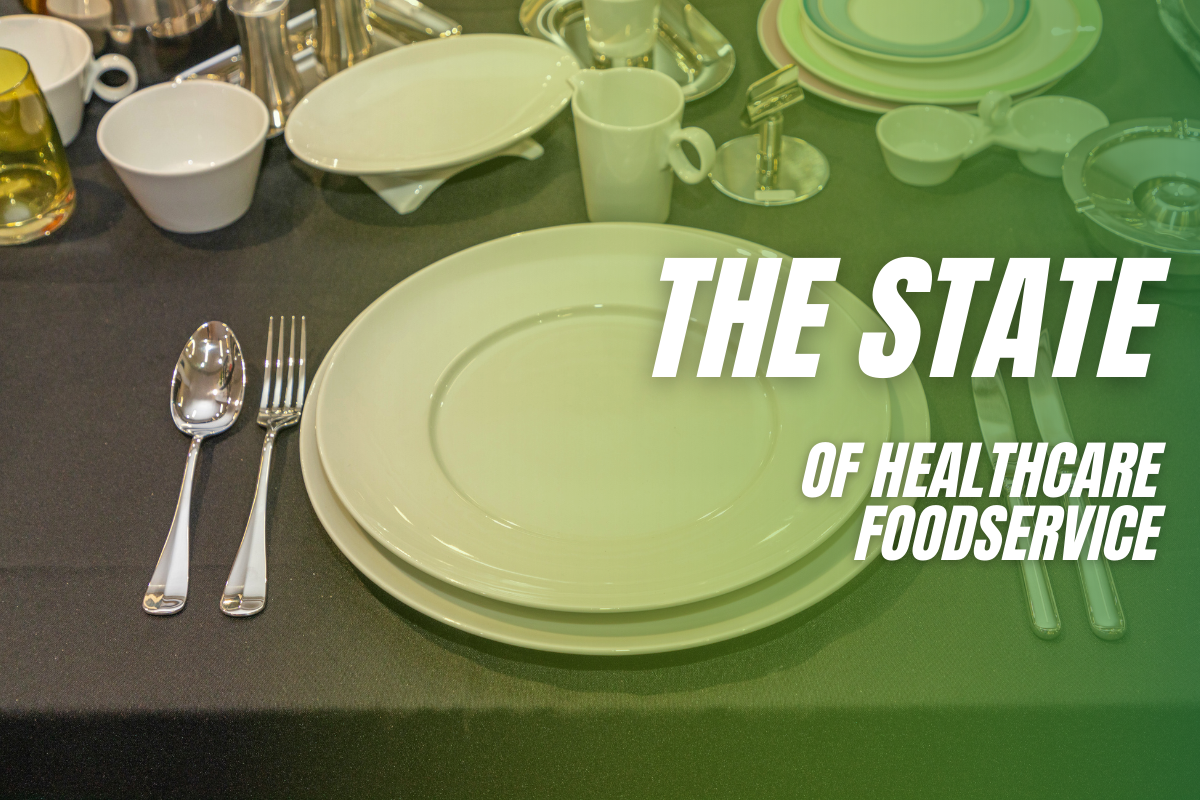
Hospitals in the United States see as many as 36.4 million admissions every year. And for patients and families who spend more than a just few hours in a hospital, chances are they will end up eating at least one meal courtesy of a hospital foodservice operator. In fact, those foodservice operations generate a significant amount of income for a hospital.

Imagine you’re out to eat, about to be served. You know the food is ready when you smell the aroma from a few feet away. When it arrives to the table, your mouth begins to water at the sight of the dish you’ve been looking forward to. You take a bite, but it tastes bland. This can be rather disappointing if you have been anticipating a delicious meal. This is your senses at work. We use senses such as sight, hearing, smell, touch and taste to make judgments about the food we eat. We eat with our eyes first, smell second and taste last. Taste is the most influential in determining our enjoyment of a food. You might be familiar with the basic tastes like sweet, sour, salty and bitter, but we have an additional taste, also known as Umami.
Umami is a savory taste imparted by glutamate, found in dishes like meat, fish, vegetables and dairy products. The goal of Umami is to bring out the natural flavors in food and ultimately, enhance the flavoring of the food. Increasing the use of Umami in dishes could:
Try a simple taste test with your team. Add Umami to a portion of soup and one without. We have experienced this test and the difference was significant as adding Umami gave the broth a savory feel, without interfering with the texture or the presentation of it. Umami’s usage can have a huge impact on how your patients and customers enjoy their food. You may be surprised on the impact on the enjoyment of future dining experiences too, especially in those who have compromised or diminished taste buds due to illnesses or aging. Umami can give these populations better eating and tasting experiences thus, better consumption and nutrition.
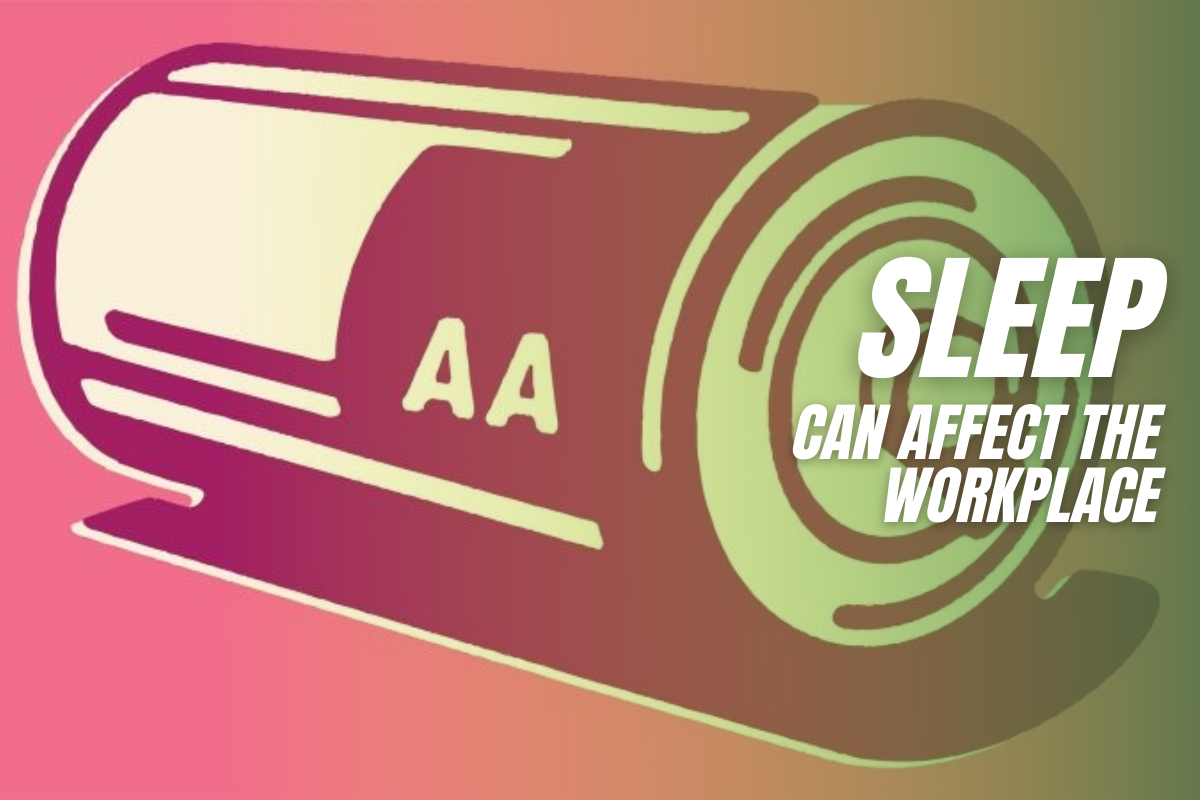
“Sleep is for the weak” is a phrase commonly used to influence people to stay awake for longer hours, but have we considered the toll that a lack of sleep can take on health? At this year’s food nutrition conference and expo, there was session titled, Best of the Rest, that proposed sleep being a piece of the health puzzle with food choices and exercise too, presented by Dr. Michael Grandner.
Sleep is a biological process that starts with our sleep drive and our biological clock. In this process, our body recovers and repairs from the day. So, what are the consequences of a lack of sleep?
Nutritionally, a lack of sleep can impair the immune system, putting us at a higher risk of getting sick. Also, those who aren’t getting enough sleep tend to gain weight and have higher susceptibility to chronic health conditions like obesity and hypertension. Not only are there health consequences (higher disability and insurance costs), but exhausted employees can have just as much of a negative impact on the workplace environment (productivity levels, falls, mistakes)
A lack of sleep increases our sleep drive, meaning, we feel more tired as we go about our day. Our brain is constantly sending signals to the body that we need rest. This is why we have a harder time concentrating when we are tired. Inadequate sleep makes it difficult to make complex decisions, resulting in a lack of effective communication amongst team members. This can hinder productivity levels and set the tone of their environment daily. Currently, over 30% of people don’t get good sleep.
Steps that can be taken to ensure you and your team members get your z’s?
Keep in mind that these recommendations go hand in hand with a healthy lifestyle, food options and exercise. Promoting lifestyle practices in the workplace can have plenty of benefits including: reduced health care costs, increased concentration for effective decision making and overall, higher workplace productivity.

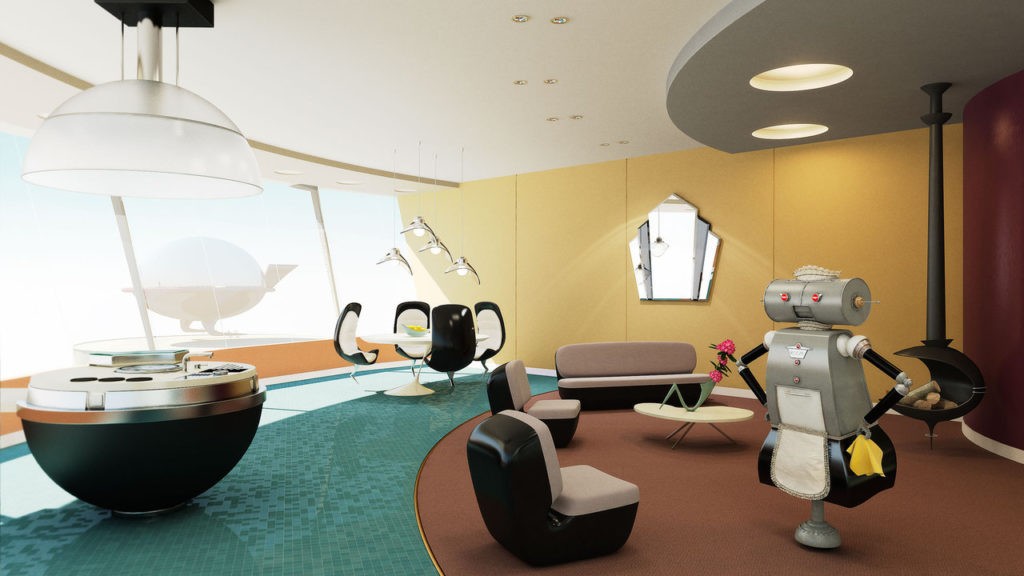 This year, we can expect to see the comeback of quite a few “old-age” themes with food and the actual dining experience. There has already been an increase of zero waste bulk-buy stores as people are becoming more aware of the amount of waste they produce, and that trend does not seem to be slowing down anytime soon. These stores also tend to sell organic and sustainable foods and honestly make the grocery shopping fun! Another comeback we can expect to see is the experience of dining as a social event, not just sitting and eating food like it’s a chore. Some restaurants have already started introducing ‘communal dining’, where people can sit down with friends, family or complete strangers which can enhance your dining experience…well, depending on who is sitting at the table with you.
This year, we can expect to see the comeback of quite a few “old-age” themes with food and the actual dining experience. There has already been an increase of zero waste bulk-buy stores as people are becoming more aware of the amount of waste they produce, and that trend does not seem to be slowing down anytime soon. These stores also tend to sell organic and sustainable foods and honestly make the grocery shopping fun! Another comeback we can expect to see is the experience of dining as a social event, not just sitting and eating food like it’s a chore. Some restaurants have already started introducing ‘communal dining’, where people can sit down with friends, family or complete strangers which can enhance your dining experience…well, depending on who is sitting at the table with you.
However, sustainability is an issue that food manufacturers, scientists and food engineers need to overcome due to the growing population and the depleted resources that we will face in the not-so-distant future. Finding sustainable methods of food production is going to be the main goal over the next few years, kicking off in 2018. Waste production is going to be a major focus this year, as breakthroughs in nano-packaging and 3D printing will change the way foods are not only packaged, but also cooked and stored. Nano-packaging has already shown to give foods a much longer shelf life, without the use of preservatives. As people become more conscious of what food they are consuming, information platforms will become readily available to help educate people on waste production all the way to the chemical compositions of foods.
Overall, the entire world of food and hospitality is going to change in 2018. From the change in diets, what foods are available and how we consume them to how foods are grown, produced and packaged. It’s going to be a long year ahead, but remember:
One cannot think well, love well, sleep well, if one has not dined well.– Virginia Woolf
